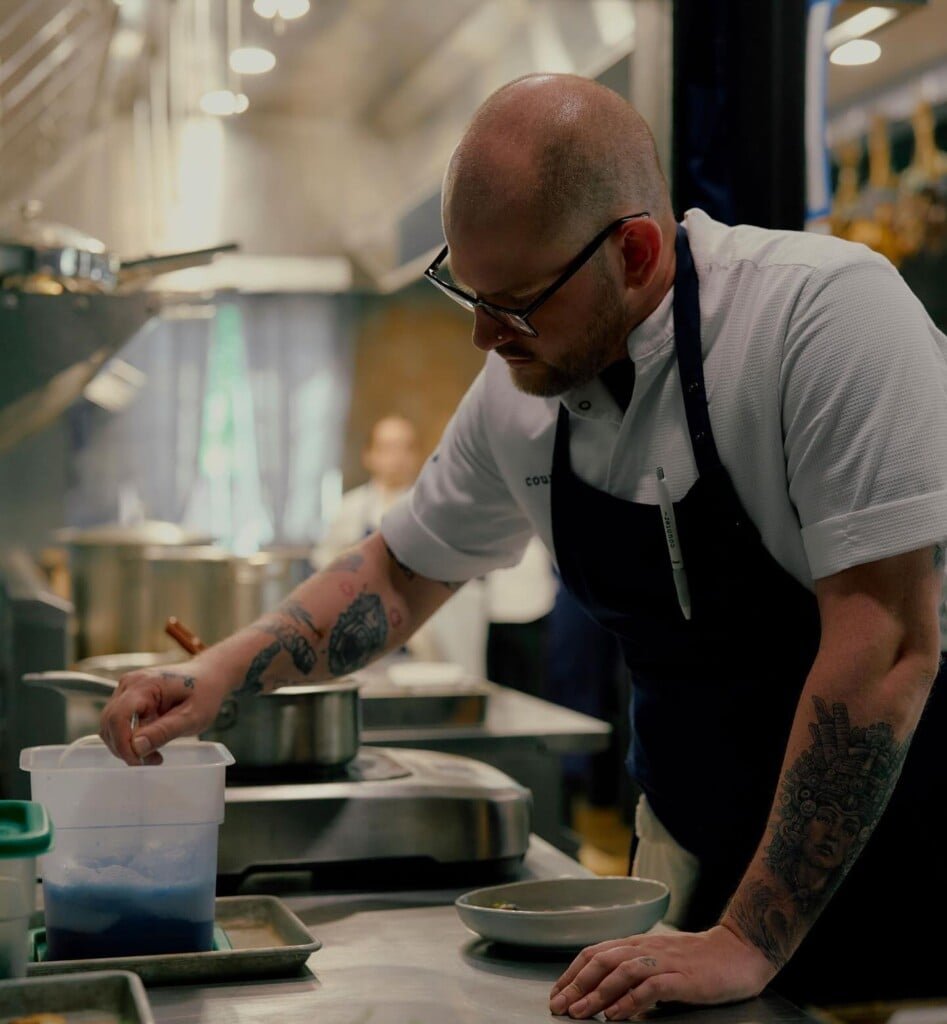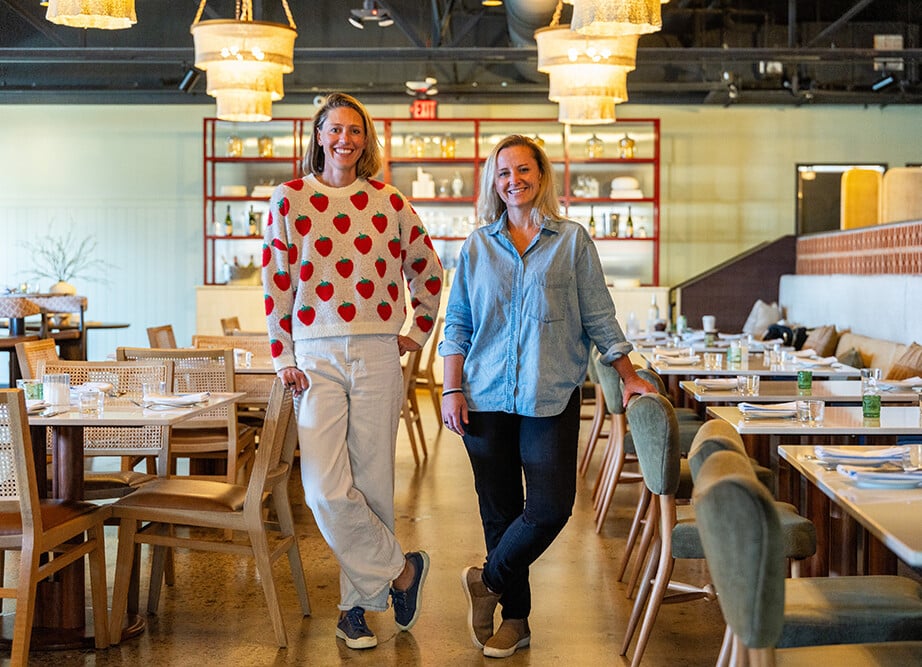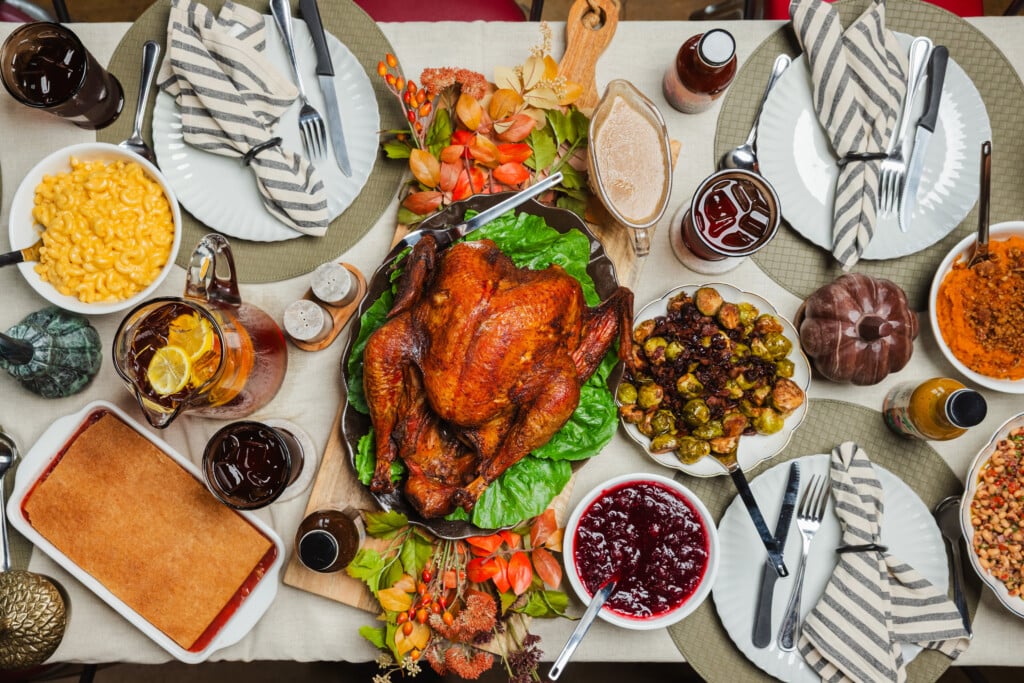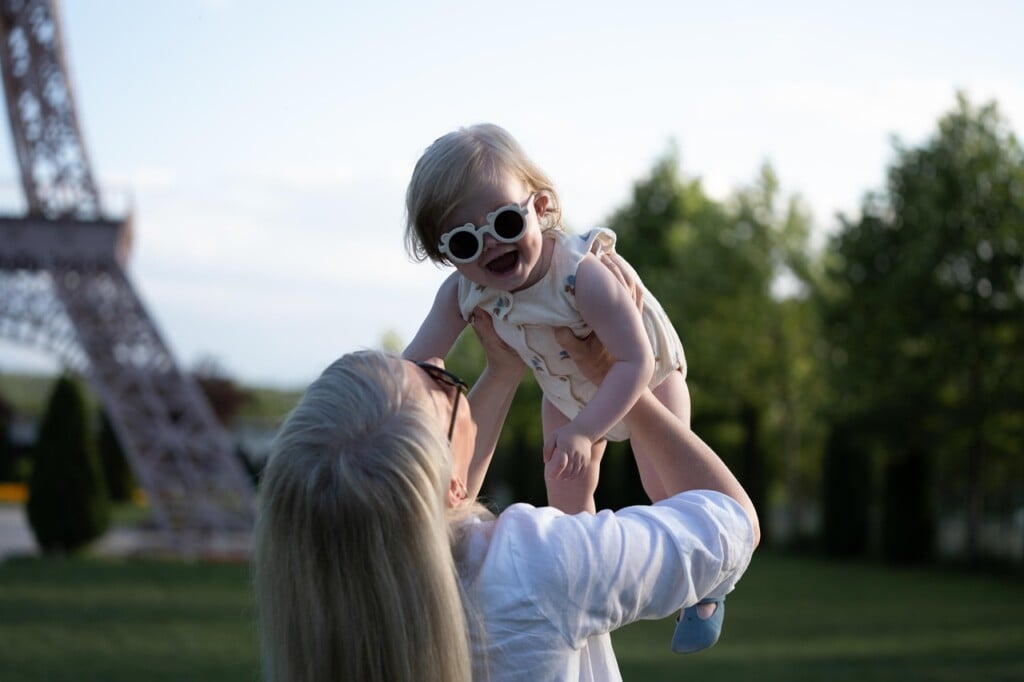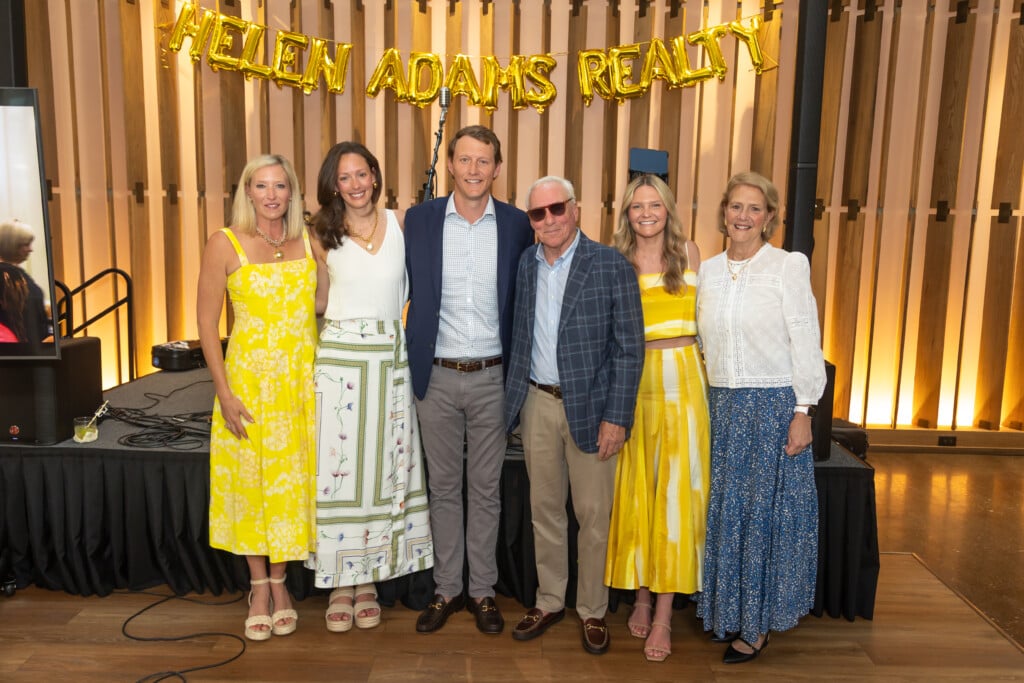Inside Christa Csoka’s Growing ‘Women of Whiskey’ Program
Raising a glass to closing the gap

Back in February, Christa Csoka invited me to Women of Whiskey, a monthly dinner series she hosts at Artisan’s Palate, her restaurant, gallery, and wine bar in NoDa. I’ve never been a whiskey drinker (unless it’s in a mint julep at a Kentucky Derby party), but Csoka puts on a stellar event—and she’s a cheerleader for women in the culinary arts. She had me at, “Every single spirit we use is made, distilled, blended, and/or owned by a woman.”
I knew from researching our Wine Issue (November 2023) that the wine industry has what some experts call “an old-person problem.” Given how well the craft beer industry has targeted young consumers, it’s easy to see how archaic wine can seem to 20-somethings unfamiliar with terms like “bouquet” or “tannins.” I wondered if whiskey, long considered a man’s drink, had the same problem with women.
The spirits industry is dominated by men, and whiskey advertisements often cast it as a drink to accompany after-dinner cigars behind closed doors. “It’s an age-old stereotype,” Csoka says. “A Scotch ad recently had Harrison Ford in a kilt.”
A 2015 article in The Atlantic, “Women Making Whiskey: An 800-Year History,” says whiskey’s association with masculinity dates back to the temperance movement. Even after the 21st Amendment abolished Prohibition in 1933, distilleries didn’t market to women because conventional wisdom said only prostitutes drank whiskey. The Distilled Spirits Council of the U.S. didn’t allow advertisers to specifically market to women until 1987. Since the 1990s, the percentage of women who drink whiskey has more than doubled; today, 40% of whiskey drinkers in North America are women.
The trend inspired Csoka to host her inaugural Women of Whiskey event in March 2024. She sold eight tickets in the first month. By July, she had sold 30. In December, it was up to 50. “But we’re focusing on more than just women drinking whiskey,” she says. “We wanted men to come, too, so I wanted to make it about the distillers who are so underappreciated in the industry. It’s a twofold thing.”
Her November event featured Melissa Katrincic, CEO of Durham Distillery. Katrincic co-founded Conniption Gin a decade ago in North Carolina, and she’s the first U.S. female distiller inducted into The Gin Guild, which celebrates gin distillers from around the world. “There’s a misunderstanding of gin that’s pervasive,” Katrincic says. “We have this sense of a James Bond martini. We tend to assign different spirits to different genders.”

Melissa Katrincic, CEO of Durham Distillery, co-founded Conniption Gin in 2015. Photo courtesy, Daniel Turbert Photography
Katrincic points to a 1967 print ad that asks, “Did Smirnoff Invent Women?” Was it mocking the woman in a lab coat who stands over test tubes with a vodka martini in hand? Or was it mocking social trends? Whatever the objective, it got more men drinking vodka instead of gin. “You could have a three-martini lunch because your wife couldn’t smell it on your breath,” Katrincic says. “That ‘Smirnoff Leaves You Breathless’ campaign dominated the messaging for awhile.”
Her breakthrough came when she began leading distillery tours in Durham 10 years ago. “With the ABC laws, you could only serve neat pours, which is fine if you have an aged spirit,” Katrincic says. “But if you have gin neat, people are like, ‘What do I do with this?’ It’s always in a cocktail format. We had to educate. Gin and vodka are sisters—gin is essentially a flavored vodka. We had women walking out with (Conniption) American Dry saying, ‘I love this,’ and replacing their orange-label vodka.”
By the early 2000s, Smirnoff began to target younger drinkers with Smirnoff Ice, a flavored malt beverage. It didn’t have any vodka, but it did come in fruity flavors like pineapple and blue raspberry lemonade. While the brand never explicitly said it, most of my college peers would agree that Smirnoff Ice was for chicks while beer was for dudes.
It’s this type of thinking that makes me Csoka’s target audience.
February’s Women of Whiskey dinner had 65 attendees—her largest group yet—and a mix of men and women of all ages and races. “It’s so diverse, and I love that,” Csoka says. “I see bourbon bars, and it’s all a bunch of white men in golf shirts. So I’m super-proud that that’s not what we’re doing. All walks of life are coming.”
Each course was paired with a Black-owned and woman-owned whiskey brand. One cocktail had notes of honey and cinnamon; the next was fruit-forward with hints of caramel and brown sugar. But the last pairing—just a glass of straight rye whiskey with a big, sexy ice cube—surprised me most. After a bite of pulled pork, I cautiously lifted the lowball glass and took a tiny sip. I expected it to burn going down, but it was smooth, rich, and citrusy. The man in the white golf shirt beside me said it tasted like a grown-up sweet tea.
